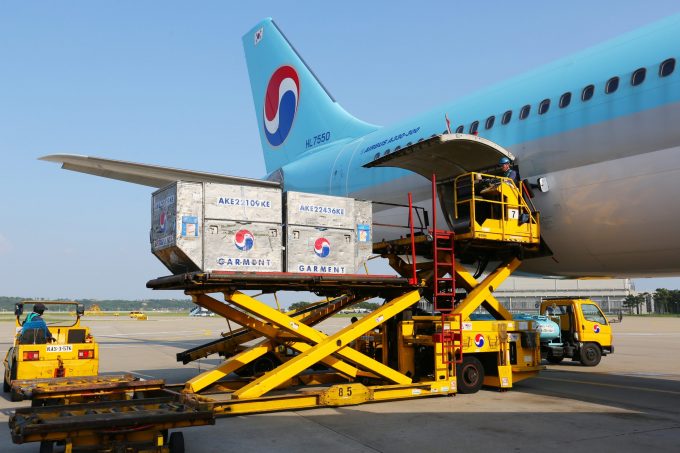India could be the new 'superpower of manufacturing', but...
“Best practice” advice to shippers considering shifting sourcing is to consider India, but ‘do your ...

The South Korean government is acting again to secure freight capacity for exporters, but this time, air freight is being procured, for small and medium-sized enterprises and start-ups.
An arrangement with Korea SMEs and Startups Agency (KOSMES), working with Korean Air Lines (KAL) and US courier group DHL’s South Korean branch, to fly cargo at discounted rates will start this month, and continue to the end of the year.
Every week, KAL will reserve up to 12 tonnes of capacity for South ...
Volcanic disruption at Anchorage could hit transpacific airfreight operations
Macron calls for ‘suspension’ – CMA CGM's $20bn US investment in doubt
Forwarders stay cool as US 'liberation day' tariffs threaten 'global trade war'
Shippers snap up airfreight capacity to US ahead of tariff deadline
De minimis exemption on shipments from China to the US will end in May
Tighter EU import requirements proving 'a challenge' for forwarders
Looming Trump tariffs will create 'a bureaucratic monster' for Customs

Comment on this article